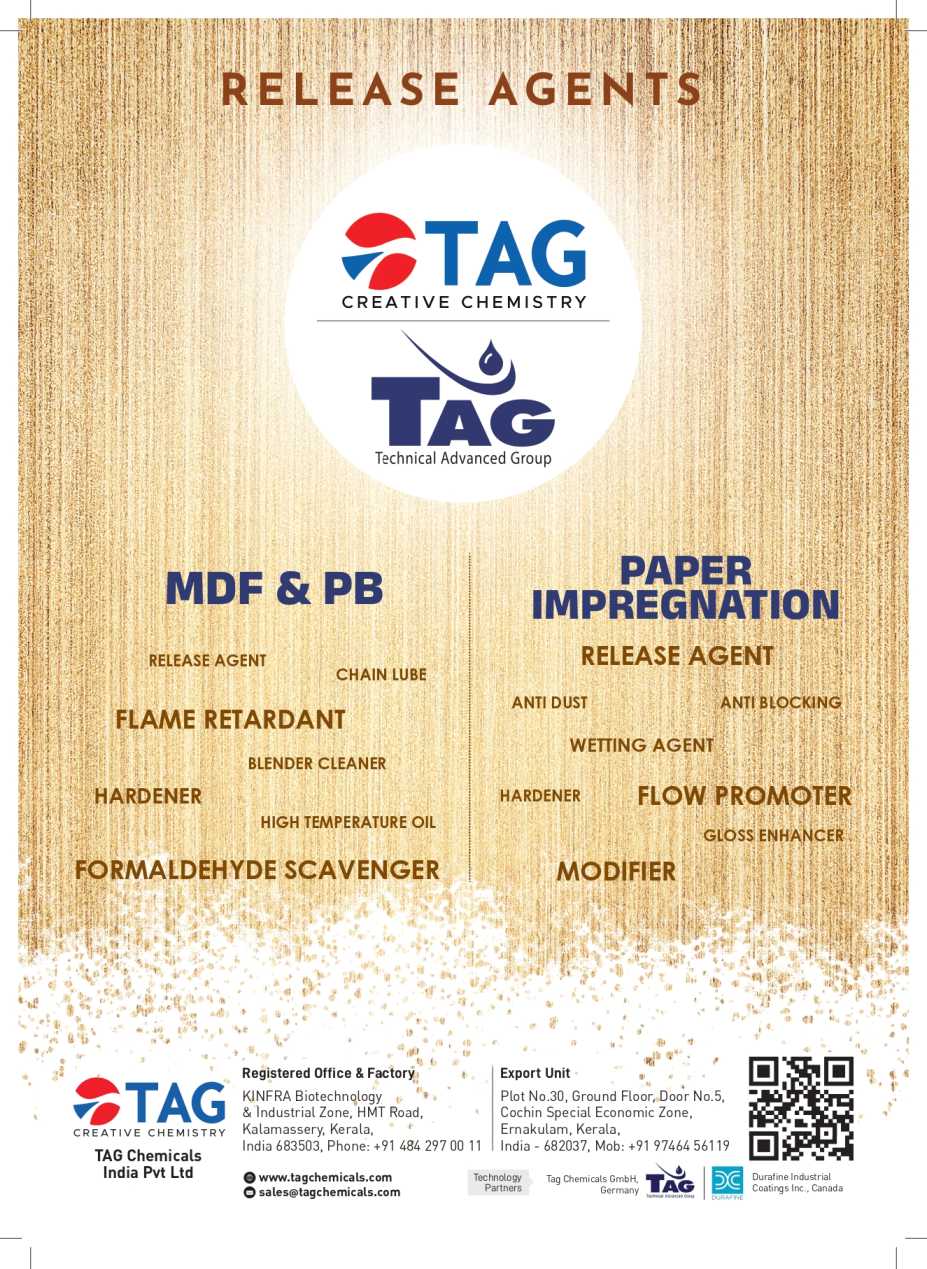
Ashish Gupta view on India’s NPA
- March 30, 2020
- 0
Ashish Gupta view on India’s NPA
Ashish Gupta is surprised that not a single Indian billionaire sued him in the last decade.
His 2012 “House of Debt” report for Credit Suisse Group AG gave investors an early warning about the dangerous levels of delinquent borrowing by many of India’s top business groups. That helped push policy makers to review banks’ loan books and revise the nation’s official bad-loan ratio from about 3% to 9.3%, one of the highest in the world.
“The scale of mounting debt was first quantified and highlighted by the outstanding work of Ashish Gupta at Credit Suisse,” Arvind Subramanian, who advised Prime Minister Narendra Modi in the early years of the banking crisis, wrote in his 2018 book, Of Counsel: The Challenges of the Modi-Jaitley Economy. He hailed Gupta as “one of the few heroes in India’s sordid banking saga.”
The coronavirus pandemic now roiling global markets adds urgency to his warnings. Gupta, Credit Suisse’s chief of India equity research, says the crisis engulfing India’s shadow bank sector could be even more destabilizing for the $2 trillion economy because the risks are held in entities that, unlike state banks, rely on market funding and provide scant disclosure. The government-backed rescue of Yes Bank Ltd., until recently India’s fourth-largest private lender, may further reduce banks’ willingness to provide credit to the economy.
In February and March interviews in Mumbai, Gupta described his approach to analyzing Indian businesses, his outlook for the financial industry, and the risks he’s focused on today.
Q. Where did the inspiration for the first “House of Debt” report in 2012 come from?
Ashish Gupta: From 2011 we had started writing about corporate NPAs [non-performing assets]. The reason was that while India’s overall economic trajectory was good in 2011, certain segments weren’t doing too well, and they were some of the most indebted parts of the economy. We started looking at how many companies have adequate cash flows. A lot of our reports use interest cover as a barometer of financial health, and that started revealing a lot. We found that 15% of companies had interest cover less than 1 [meaning those companies’ annual cash flows weren’t sufficient to pay their annual interest expense]. We started focusing on these firms, and some concentration started manifesting.
Q. Did it take some courage to come out with these reports?
AG: Because it was so controversial, all our reports are just based on public data or published historical data. In none of our reports is there a forecast. The sad truth is that—even without forecasting anything, just by looking at historic data—the situation was so stark. In 2011 was when we first came out and said NPAs in the banking system are in double digits and not the 2% that is reported. But 2012 is when we narrowed it down. I remember in 2013-14 we did another report where we showed NPA numbers had gone up. We looked at annual reports of the companies, which according to Indian regulations had to start reporting if they were in default of payments to creditors. So we aggregated some top 200 annual reports and some of the companies we were tracking. Just by adding that, we were able to come to some double-digit number on the percentage of corporates where in the annual report the company has mentioned it is in default of its debt obligations, and it was not reported by the banks. So in the banks’ book it was not an NPA. And in fact many of the companies in their reports even mentioned the amount in default, the period of default—and in many cases that was more than 90 days [the threshold for bad-loan recognition in India]. But still in the bank books everything was good. So I don’t know where the slip was.
Q. What kind of reaction did you get?
AG: The first pushback was that these are large conglomerates, so if something happens to them they have other businesses, and their promoters have deep pockets. I said: “That is why actually we are doing a group-level analysis. We are saying at the group level there is a problem.” The second pushback was that these projects are all under construction, so you are kind of penalizing them because these are works in progress and when they are completed it will all be good. But again my response to that was simple: When you look at interest cover, you are looking at it on the P&L [profit and loss statement]. The P&L expense is only the cost of debt or operational costs. So you are comparing apples to apples: revenues generated from completed projects versus cost of debt of completed projects. There was of course pushback from the banks as well. Ironically this always happens that people will say, “Yes, the power sector has a problem, but the power projects I have financed have no problem.” And nowadays the real estate sector is the same: “Real estate is a problem, but my projects are all fine.” There was a lot of pushback also from investors. I can choose not to listen to what the bank managers are saying, but I can’t choose not to listen to the investors because they are my clients. Thankfully, as I said, we were able to get into every project level and show the data. Because there was such concentration, you had to analyze only about 15 companies and 150 projects, and then you can show the argument.
Q. Did investors appreciate what you had done?
AG: Not so much after the first one [report]. But after the second one the belief started. One thing I was surprised about is before the Indian regulators went about it, some of the international regulators sought out our work. A global bank had large exposure, so international regulators had their eye on the overseas operations of a bank. By the end of 2015, the RBI [Reserve Bank of India] started the AQR [asset quality review] process. It also sent out a message to the bank that the supervisors are not willing to look the other way or are looking more closely at it.
Q. Is there anything your team missed?
AG: IL&FS [Infrastructure Leasing & Financial Services Ltd., a non-bank financial company that was seized by the government in September 2018] was one thing that even we didn’t find out about. All our analysis was centered on drawing data on listed companies. Because IL&FS was unlisted it was never in our line of sight. But in terms of the listed space we believe a lot of the large problems are known and recognized.
Q. What are you focusing on now?
AG: For the last two years we have been highlighting the NBFC [non-bank finance company] sector issues. They have partly panned out, but the general belief is once the big event has happened, then slowly liquidity improves. But I am not seeing that in the NBFC sector. What the market has done is clearly put people into two buckets, good and bad, and the outlook for the second one is not really improving in terms of getting funding. And for financial companies it’s not really the quality of assets, because if any financial entity—be it the best bank or the biggest bank—if any financial entity does not get incremental flow, the liquidity, it will be a self-fulfilling prophecy.
Q. What about Yes Bank?
About five years ago, state-owned banks pulled back on credit on account of asset quality and capital issues. Over the past 18 months the NBFC sector has had a pullback due to their liquidity issues. Private banks were the only pocket of the financial sector that was till recently growing credit and was accounting for as much as 60% of incremental loans in the economy. However, recent events and delayed bailout of a private bank creates an unnerving precedent and uncertainty for deposit holders/debt providers to private banks. We therefore expect private banks also to turn more risk averse and conserve liquidity, particularly the small/mid-sized private sector banks. This can further aggravate the credit crunch in the economy.

































































